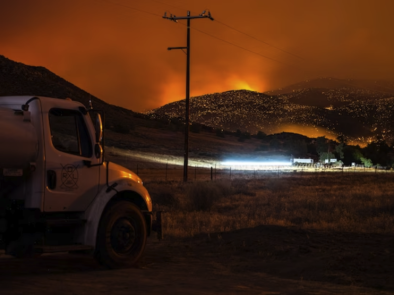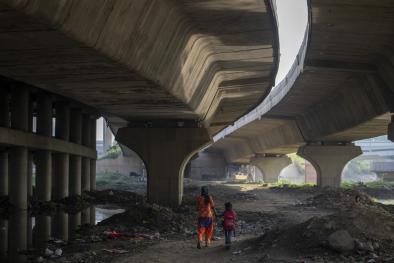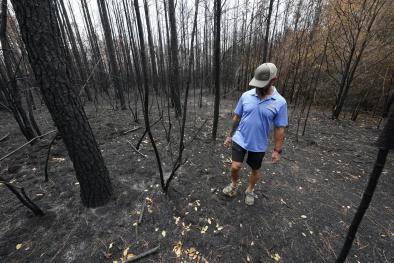Longer, Fiercer Fire Seasons the New Normal with Climate Change

Firefighters in the West are starting to see it every year: an earlier start to the fire season and millions of acres of forest and range burned or ablaze as the summer just begins to heat up.
At least 60 large blazes are currently devouring parts of the West, threatening to make 2017 a record-breaking wildfire year and adding to the 3.4 million acres already burned this year. As early as April, wildfires had scorched more than 2 million acres in the United States—nearly the average consumed in entire fire seasons during the 1980s. At least 20 new, large fires have ignited in the West in the last few days, forcing thousands of people from their homes.
...
Forest ecologists and climate scientists say this is the new normal—what the fire historian Stephen Pyne has called the "pyrocene"—and recent research has solidly linked it to human activity. A study last year found that human-caused climate change had nearly doubled the amount of forest burned in the West since 1984.
"Dry periods are getting drier, and the risk of wildfire is greater as a consequence of climate change," Trenberth said. "There's a tremendous amount of fuel out there waiting for the right conditions. Whatever conditions exists, they're always exacerbated by climate change. There's always that heat variable, the increased risk."
Related Content






